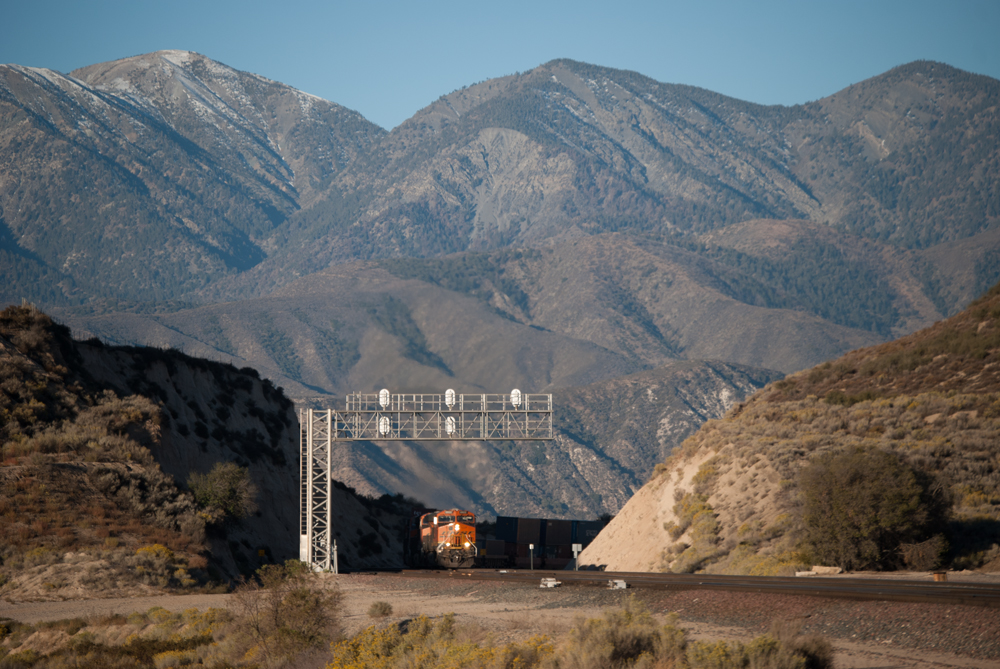
The dynamics of dynamic braking A half-century ago, when diesel locomotives were replacing steam engines, a revolutionary breakthrough — dynamic braking — was making freight operations safer and more efficient. Dynamic braking is the method of train braking whereby the kinetic energy of a moving train is used to generate electric current at the locomotive […]
Read More…
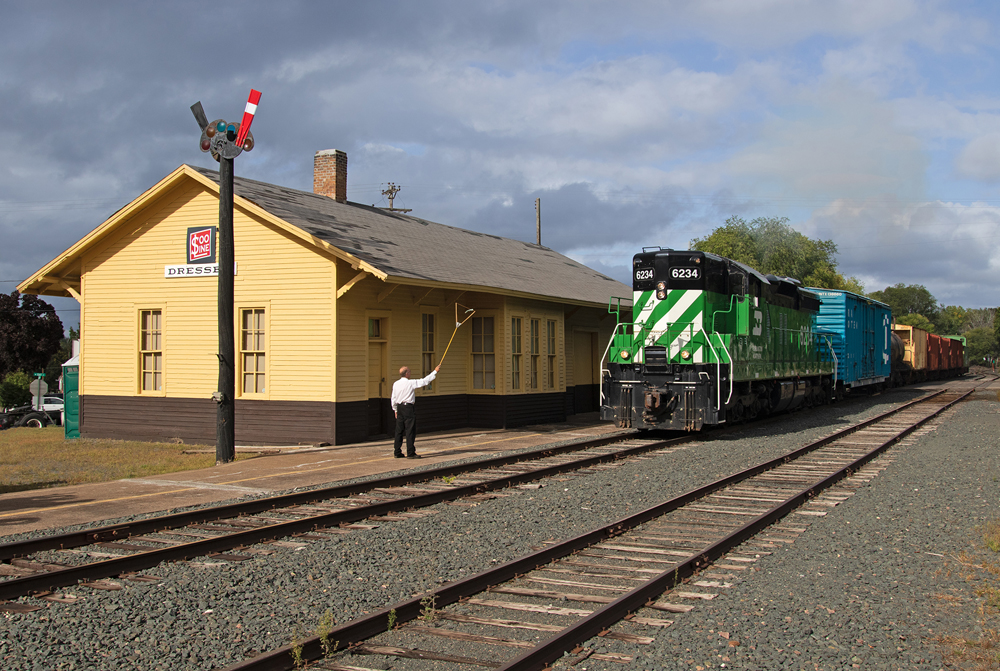
Train orders The train order, variously called the “flimsy” or the “tissue” — together with its attendant operators, train order offices, and order hoops — has been rendered obsolete by the radio, the computer, and amended work rules. With its passing in the late 1980s, so did a whole concept of railroad traffic control that […]
Read More…
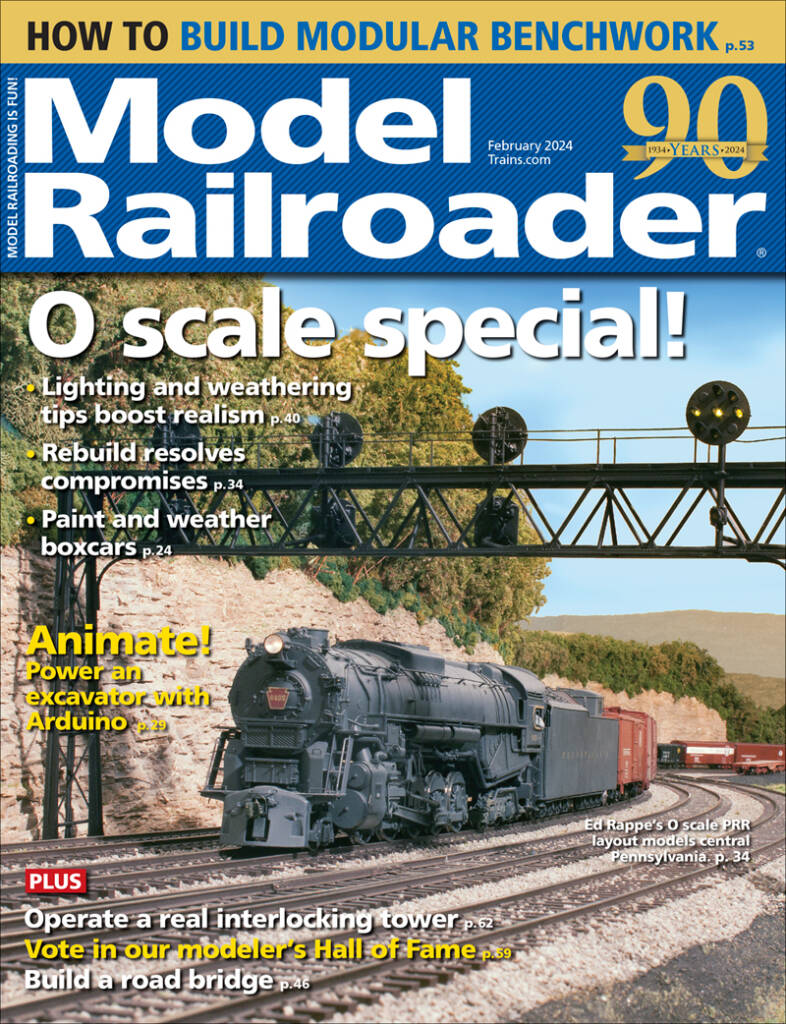
Also in this issue: ON TRAINS.COM, pg. 6 The latest features on our website FROM THE EDITOR, pg. 8 Lessons from the dawn of the hobby NEWS AND PRODUCTS, pg. 10 N scale Siemens ALC-42 Charger from Kato reviewed, plus the latest new products ASK MR, pg. 18 A Maine short line you could model RAILWAY […]
Read More…
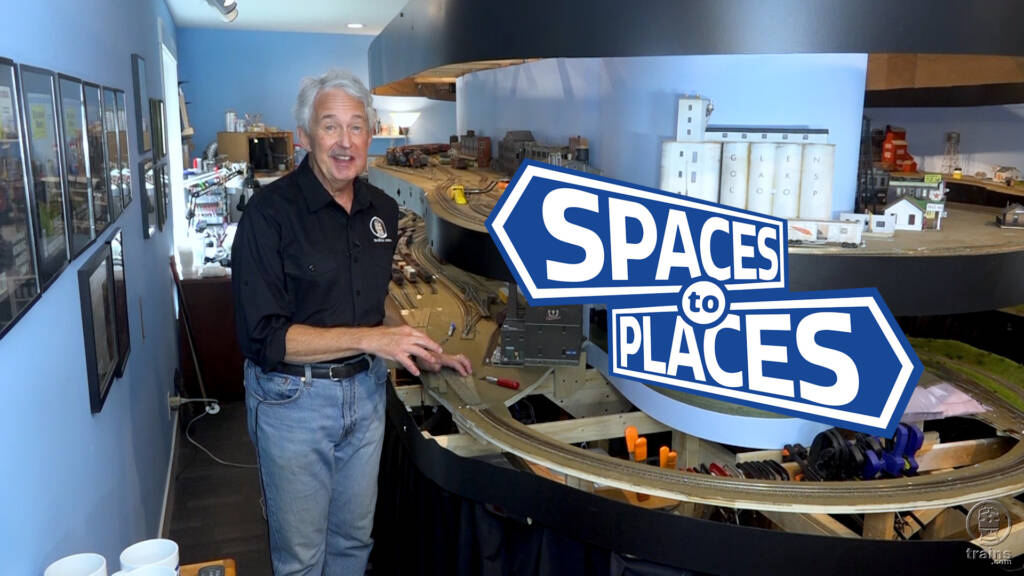
Spaces to Places V: A new path to the underpass In the previous episode of Spaces to Places, host Gerry Leone got sidetracked from his efforts to build out a highway underpass. But his attention to accommodating a yard ladder will pay off when it comes to shaping up a more desired space for the […]
Read More…
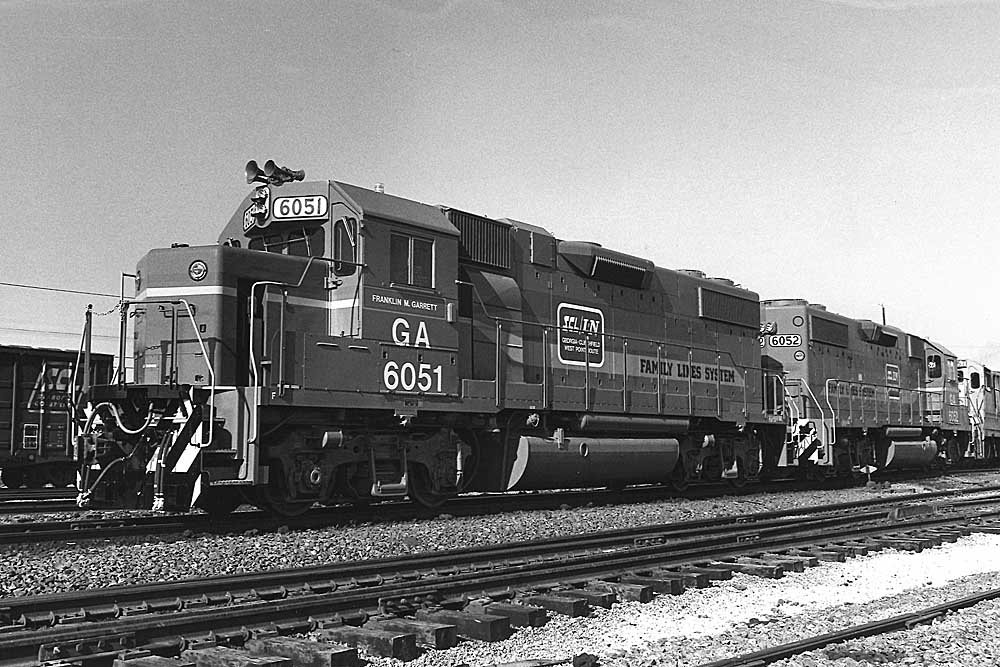
Railroad reporting marks Railroad cars are identified by two, three, or four letters and by a number of up to six digits. The letters, known as reporting marks, indicate the owner of the car, while the number places it in the owner’s fleet. Reporting marks ending in X indicate ownership by a private concern as […]
Read More…
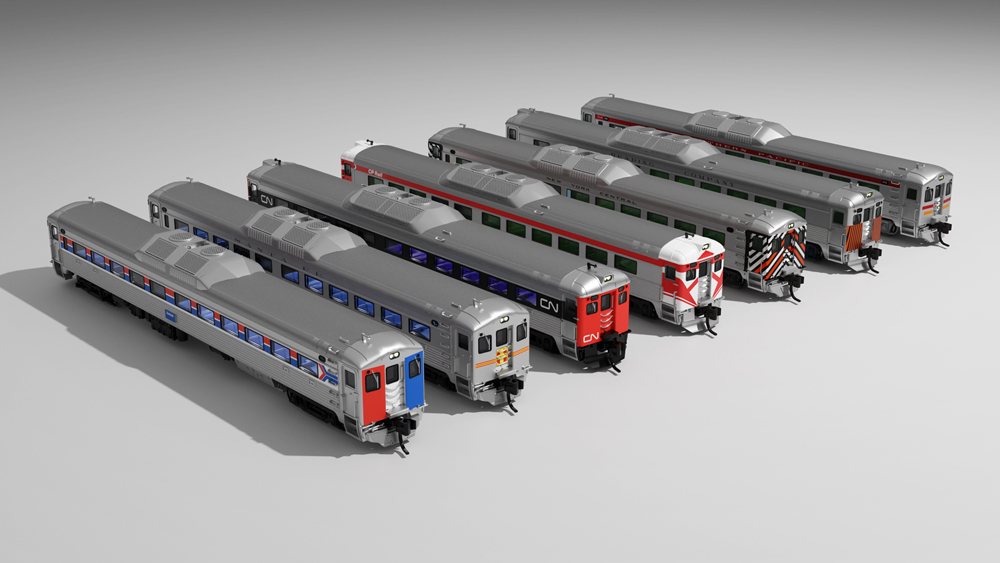
News & Products for the week of February 5th 2024 Model railroad operators and builders can get the latest information about locomotives, freight cars, passenger cars, tools, track, and more by reading Model Railroader’s frequent product updates. The following are the products Model Railroader editors have news on for the week of February 5th […]
Read More…
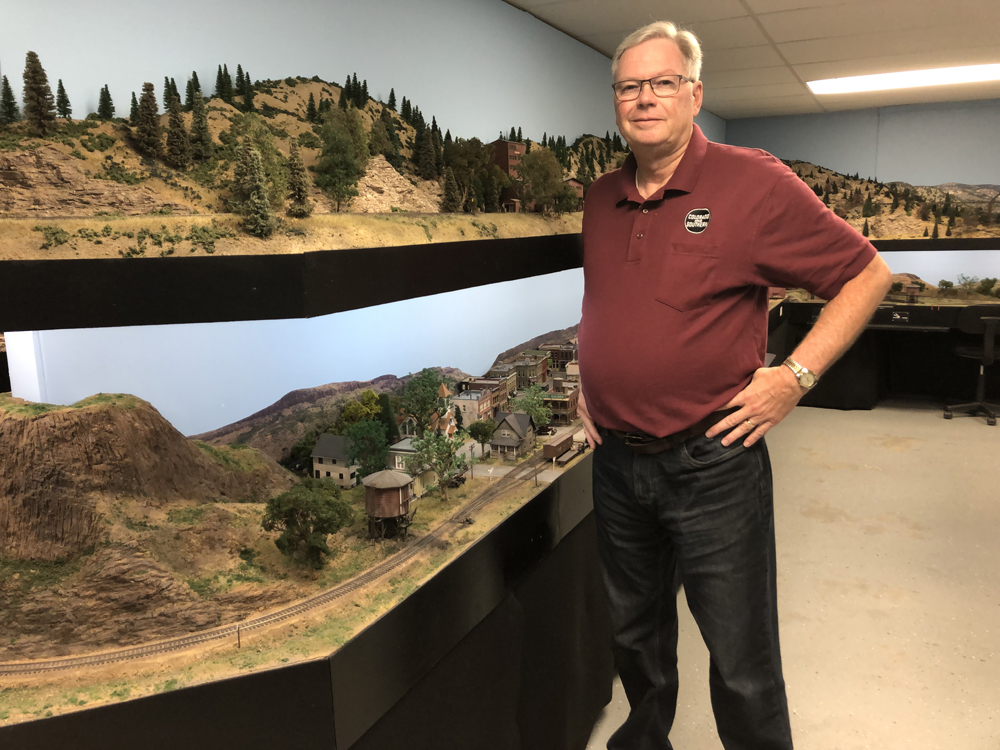
What was your first train set (or locomotive)? Like so many other modelers, I started with Lionel trains. As a young child, both of my grandparents’ homes had a Lionel train layout in the basement. I naturally assumed that a Lionel train set was a standard part of every home’s basement. When visiting other relatives […]
Read More…
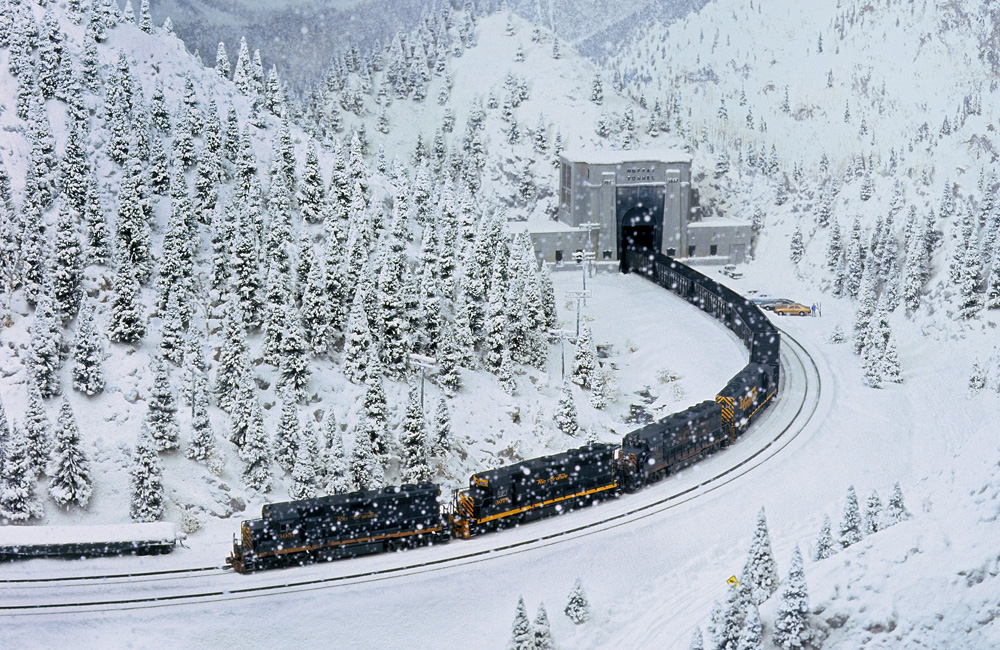
Looking to take your modeling techniques to new heights while adding a cool factor to your layout? How about the unique challenge of recreating a winter wonderland full of ice and, of course, snow. From railroading landmarks to end-to-end railroads, consider these 10 snowy places you could model. If you have another place in mind, […]
Read More…
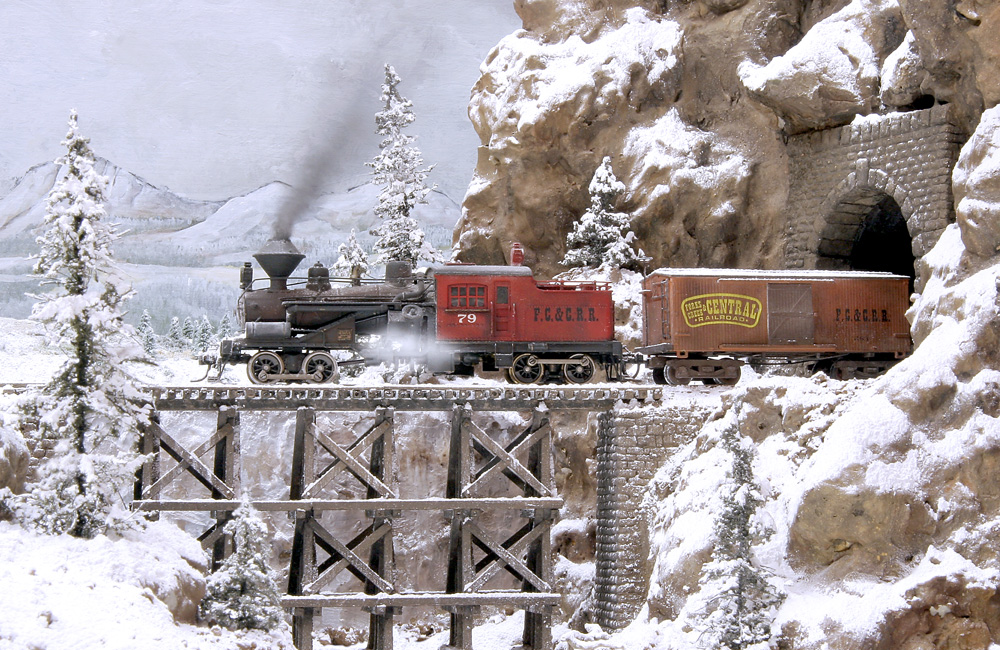
Although most model railroads are set in the verdant summer or colorful autumn, the snow-covered landscapes of a northern winter offer an unmatched visual drama. From paint to grout to powdered stone to commercial modeling products, there are many possible answers to the question of how to model snow on a model railroad layout. Modelers […]
Read More…

Q: What is the rule of thumb for the transition from a grade back to level when laying track? — Carl Angdahl A: Gradual transitions between track grades, called vertical track easements, can help prevent problems on your model railroad. If a train suddenly goes from a steep grade to flat track or vice-versa, couplers […]
Read More…

The Model Railroader Hall of Fame, which we introduced in our 90th anniversary issue, is intended to honor those who have made a substantial and lasting impact on our hobby. We introduced three more nominees in February’s issue. The Model Railroader Hall of Fame March nominees include three model railroaders who will be well known […]
Read More…
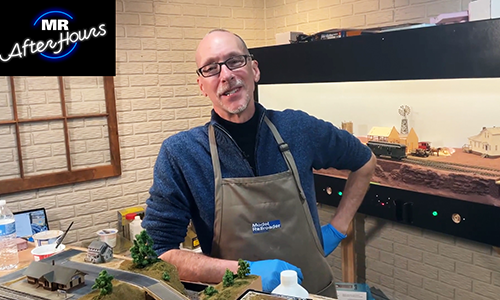
Model Railroader After Hours | February 1st, 2024. After Hours is an informal livestream hosted by Trains.com staff members… after the “work” of the day is done, there’s aways something else fun! Host David Popp chugs along with efforts on his and various other N scale T-Trak modules, but he takes a moment to relax […]
Read More…












